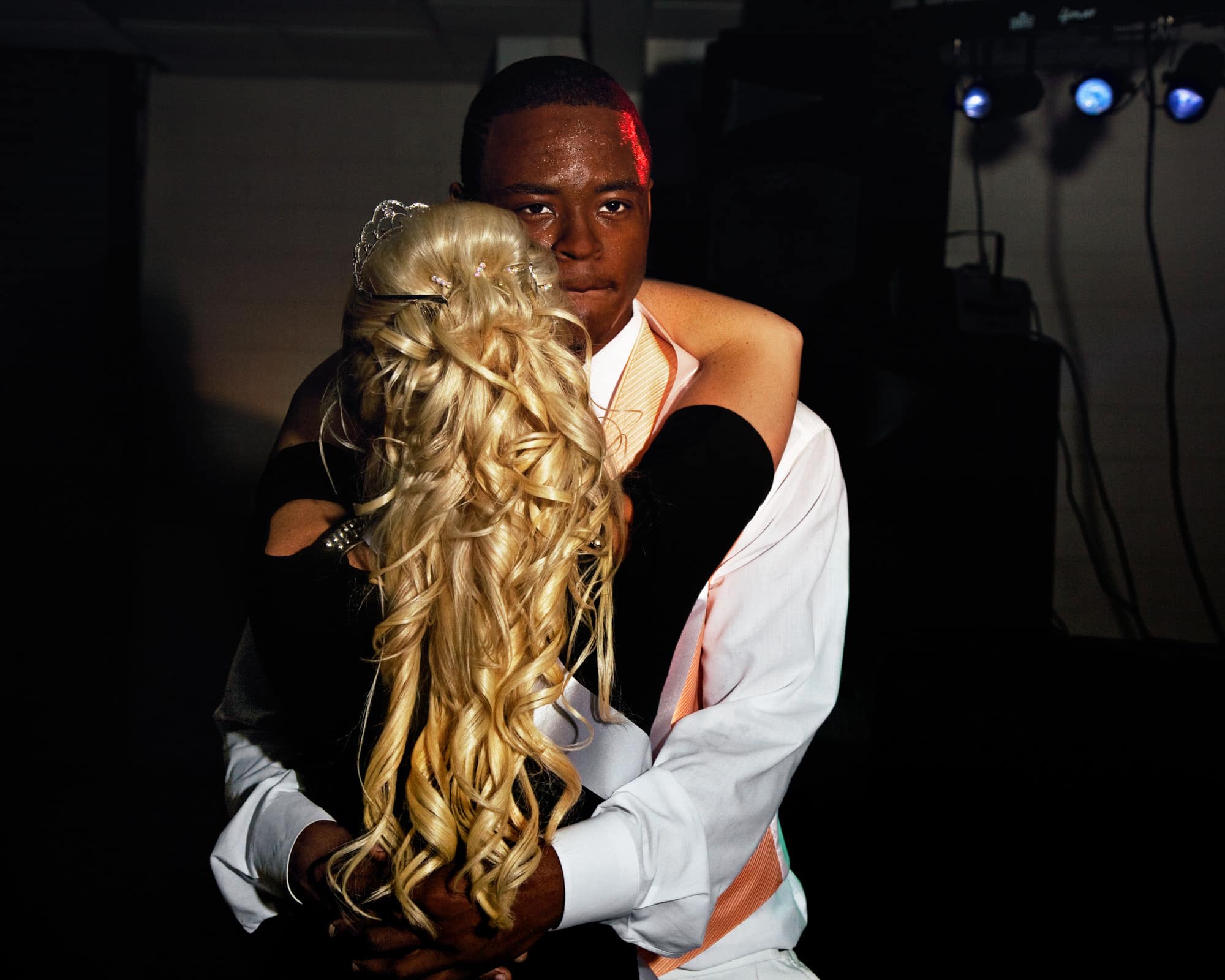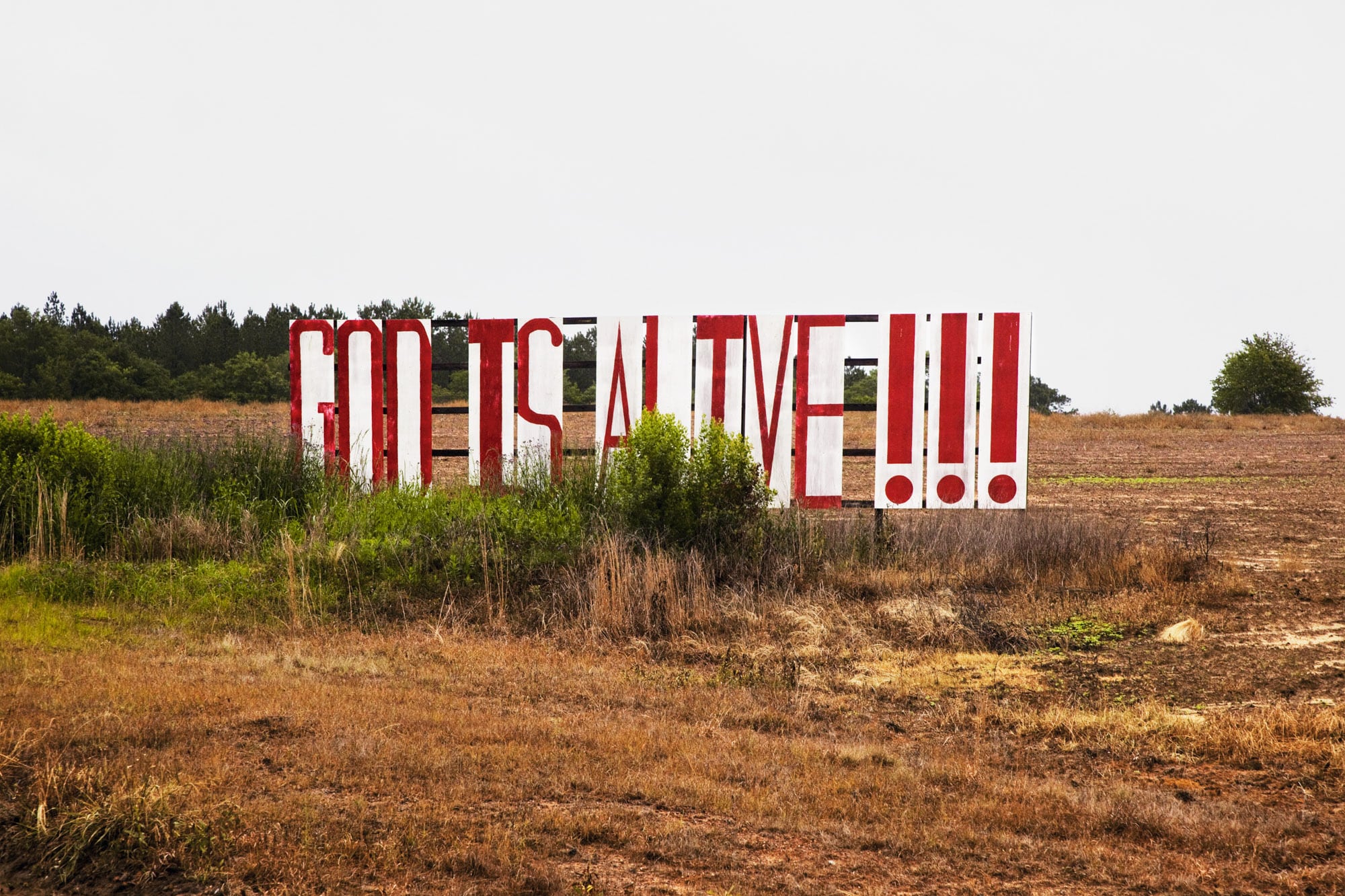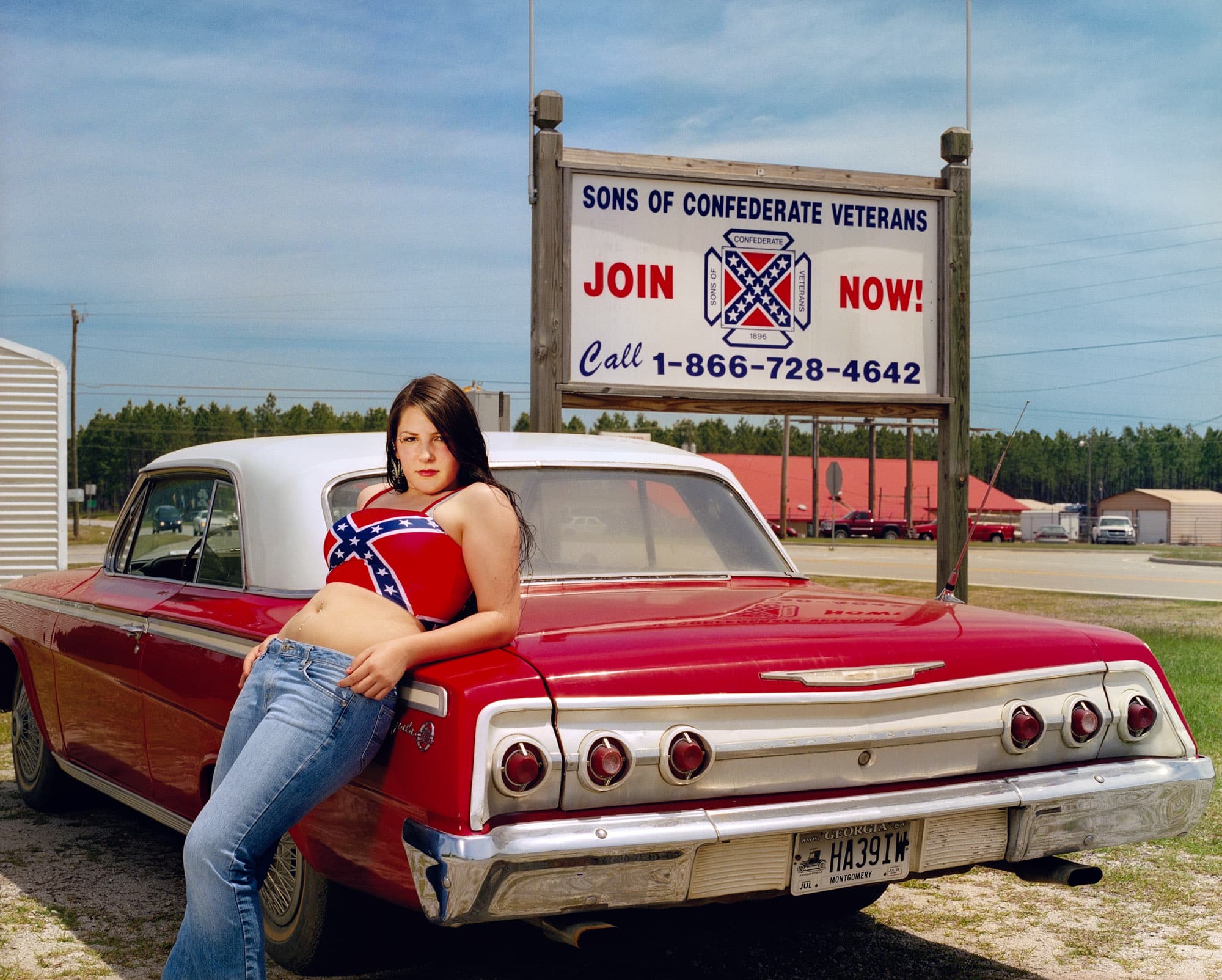
“Southern Rites” started in 2002, shortly after Anna Rich, a 19-year-old student in Montgomery County, Georgia, wrote to SPIN magazine that she couldn’t attend her high school prom with her boyfriend Lonnie, who was black, denouncing the fact that proms and homecoming celebrations were still segregated in her community. The magazine assigned you for your first trip. Can you tell us about it?
Although public schools integrated in 1971, the tradition of racially segregated homecoming and prom celebrations continued throughout certain rural communities in the American South. When I first went to Montgomery County, Georgia, to document their homecoming celebrations, which is a very common high school American ritual, I clearly remember the voting ballot for homecoming queen that students filled out had a column, “white girl”, and another column, black girl”. I remember that Friday afternoon during the homecoming parade – the idyllic small-town setting, the floats moving through the town with two sets of girls, black and white, waving and smiling like political candidates. Later that evening crowns were handed to the winners by elementary school children who were also matched according to race. The crowd cheered like this was normal and great.
I was haunted by what I witnessed in 2002. Such overt racism was the status quo. I couldn’t sleep at night knowing that this was happening in America. That is why I kept returning over and over, year after year. I needed to investigate and spend time in the community. I think the deepest understanding comes from long-time commitments to the work. I don’t feel comfortable doing it any other way. Most of my projects take several years to unfold.
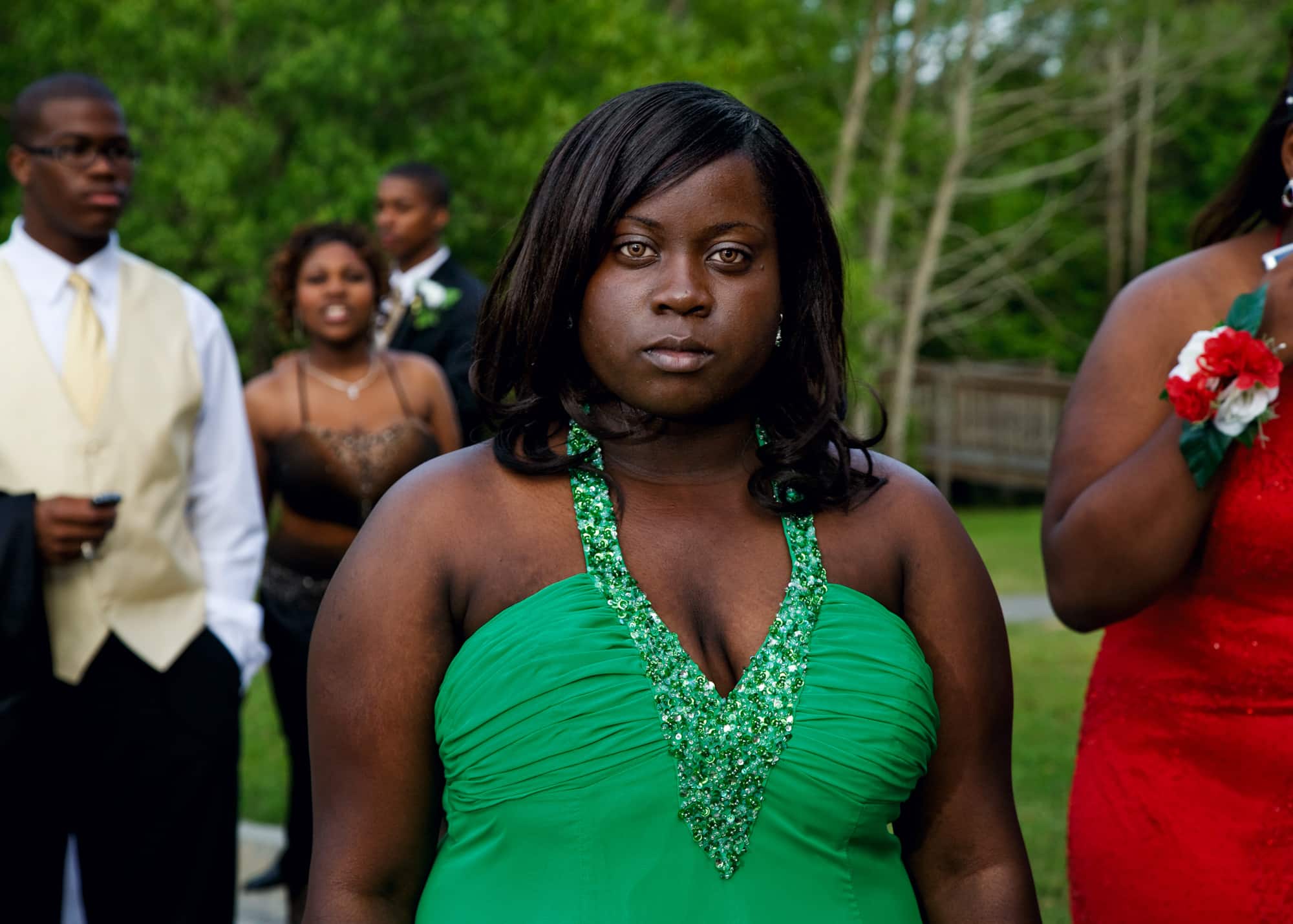
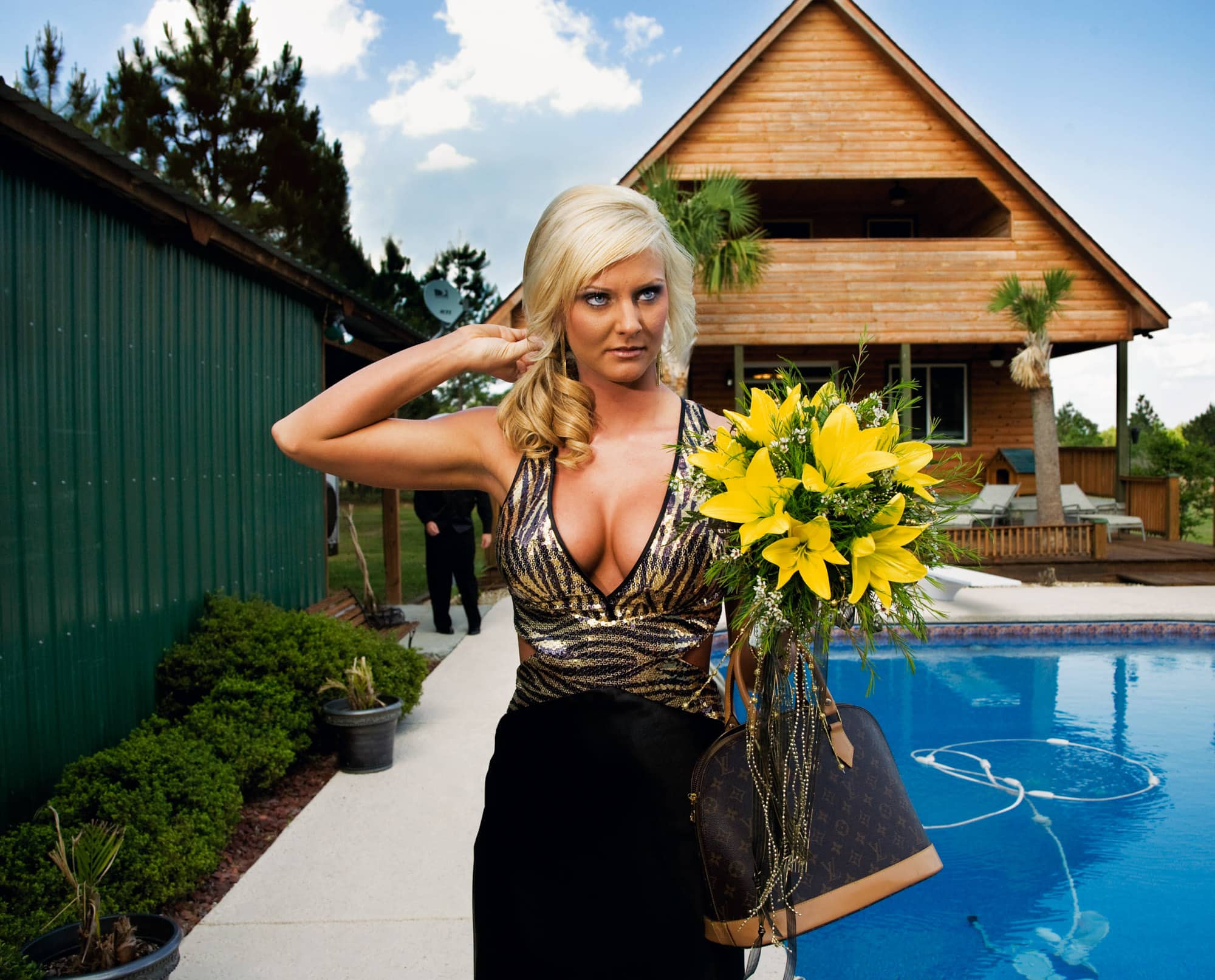
Some of the white people you asked permission to photograph in this context said “Yes, you can come, but let’s not make it about race”…
Many white people were not happy about me being there. I was told to come back to where I came from. I received many threats. I questioned myself and what my role and responsibility was, being an outsider. As time went on, and the more they didn’t want their story to be told and denied the racism I witnessed, the more I felt a responsibility to not go away and to try and tell this story. There were also some white people who really wanted to make a change, and stand up against the powers and authority in the town who were trying to chase me away.
Your work revolves around powerful interviews, portraits and candid scenes, and this story became a documentary film as well. Can you talk about your approach when you took photos for this project, and what you looked for in portraits as opposed to unfolding scenes, or film?
My approach to still photographs, interviews and verité filming is very similar. Above all, I am always seeking to convey the emotional truth of a person or place. That is always the most important aspect to me.
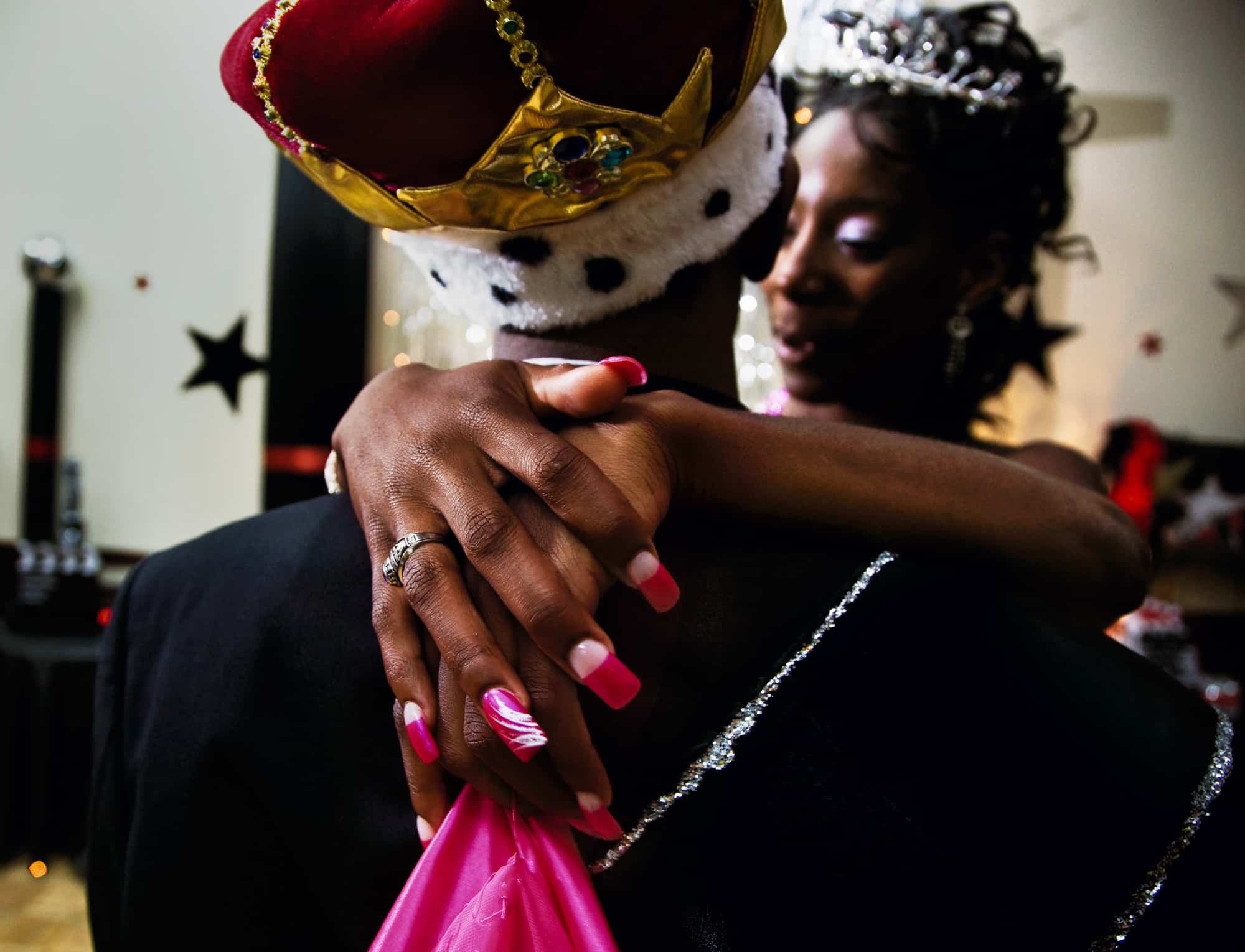
One of the kids you have been photographing was murdered. His name was Justin Patterson, he was black. Could you talk about the way this murder affected the community, and the classmates Justin had studied with?
The murder was devastating to the Patterson family and the community. (Editor’s note: Justin and his brother, respectively 22 and 18 years old, went over to the house of a white girl Justin had reconnected with on Facebook, and hung out with her and a friend of hers in the living room. Her father woke up, took his gun from the bedside table, threatened the boys upon discovering them and shot Justin when he tried to run away.)
Dedee, Justin’s mother, shared: “The DA said we had enough evidence to put him away for life, but that man is still walking free…I know for sure, if this were an older black man who shot a white kid, he’d never see the light of day.”
Niesha, who I photographed throughout the years, said: “The proms finally integrated. But it’s like we take one step forward and two steps back. It hurts to think that the man who killed Justin is just walking free.” It was a sad reminder of the inequity and injustice of it all and the institutional racism they live with on a daily basis.
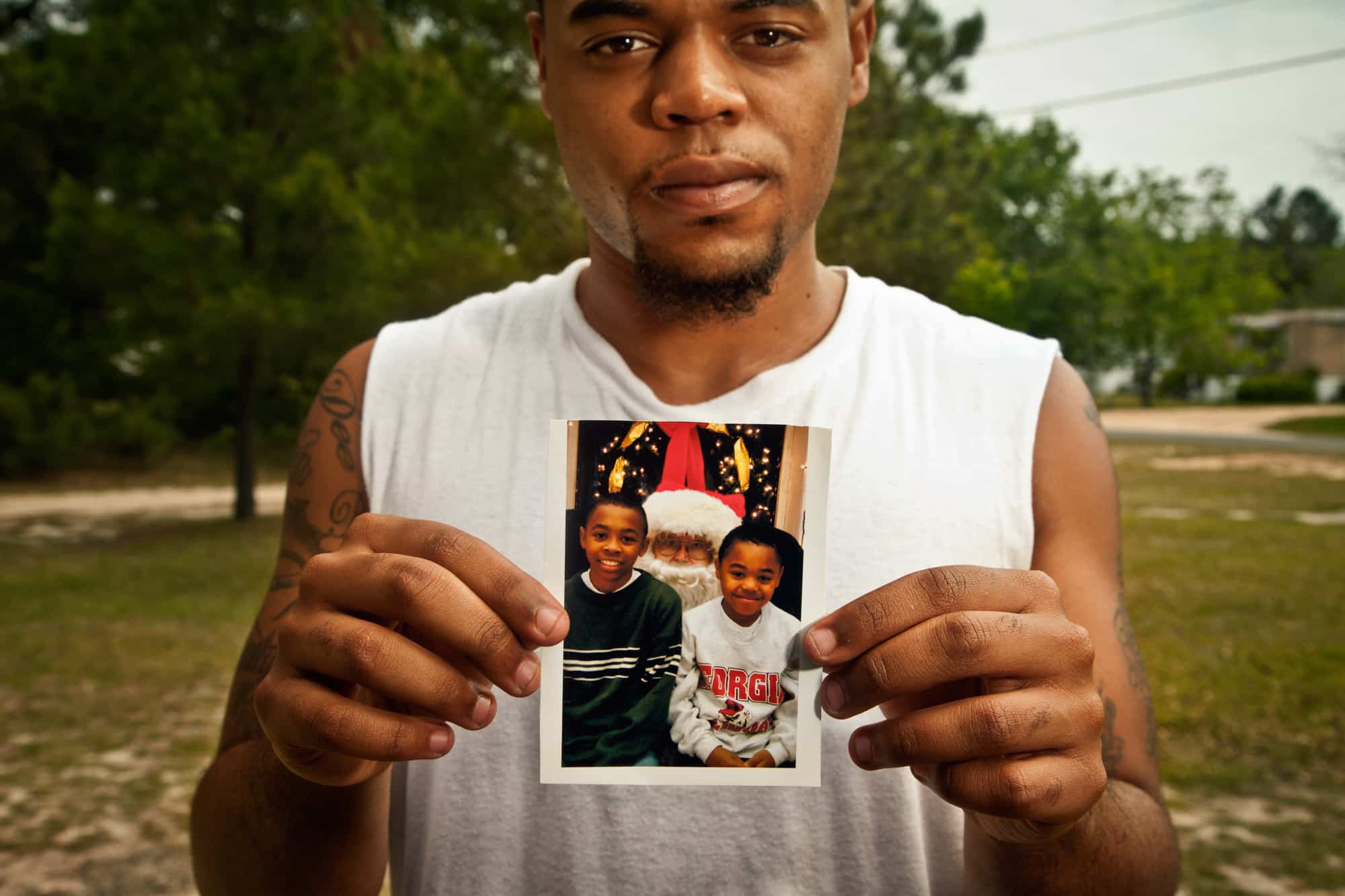
The topic of religion is present in your images. How did you see it influence people’s mindset regarding racial issues in that specific community?
It seems so antithetical, I’ve often wondered about this. There are so many churches and houses of worship in the community, yet, racism is a sin against humanity, so it doesn’t make much sense to me. The churches are mostly segregated as well.
How would you describe the racial segregation in the North-East of the United States, where you’re from, as opposed to the one you can see in southern communities like Montgomery County?
Unfortunately racism exists everywhere. In some ways I’ve heard people say that the overtness of it in the South is no more painful than the passive aggressive racism people experience in the North-East. Perhaps it is masked a bit more in the North East as people are able to self- segregate more.
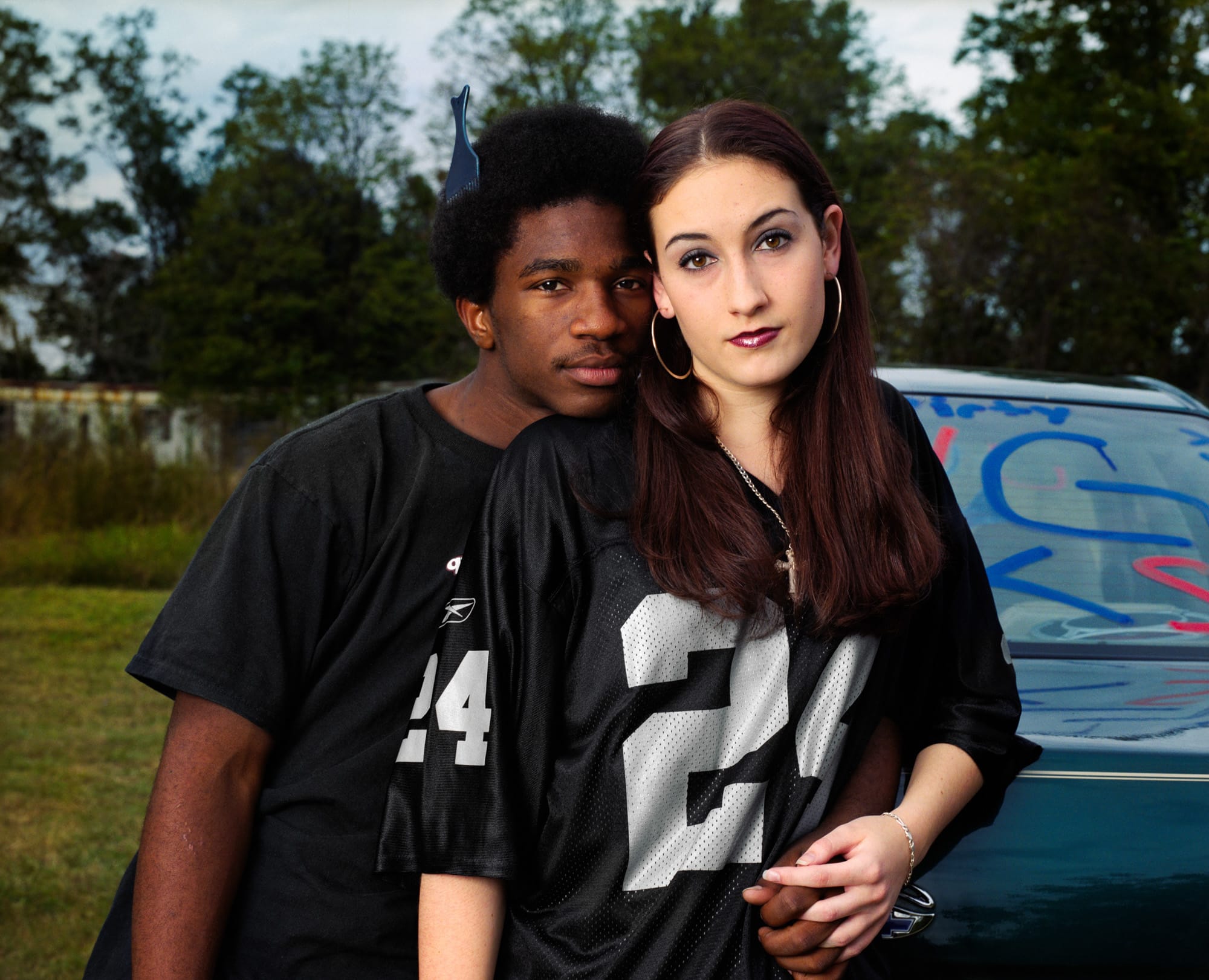
You’ve been facing strong opposition from some members of the community, but you kept going back. Your work was first published in the New York Times Magazine in 2009 and proms were integrated in 2010, a proof that photography can help trigger change. Are you still working in Montgomery county?
When I was photographing and filming in Georgia I faced a lot of resistance and intimidation from people in the white community. (Editor’s note: Gillian Laub was escorted out of a prom in handcuffs, without formal reason, as requested by a parent of one of the students). I was even attacked by the local sheriff at the time, but when the film came out on HBO I surprisingly received messages from certain families who were part of this resistance saying that they thought I fairly represented the community. I suspect a lot of it was based on their own fears and anticipation because they didn’t know how I would be telling the story. The last time I photographed was before the pandemic, while I was following Stacey Abrams’ campaign for Governor. I will be back to photograph soon for the upcoming election and will be back in Montgomery county to revisit people. The “Southern Rites” exhibition just had a homecoming in Atlanta, Georgia. A lot of people from the community came to the opening. The students, who are no longer kids, got to see themselves on museum walls and they were very proud of the change they helped make in their community. It felt like a reunion of sorts.
Gillian Laub’s exhibition “Southern Rites”, curated by Maya Benton, is on view at Atlanta Contemporary until January 8.
